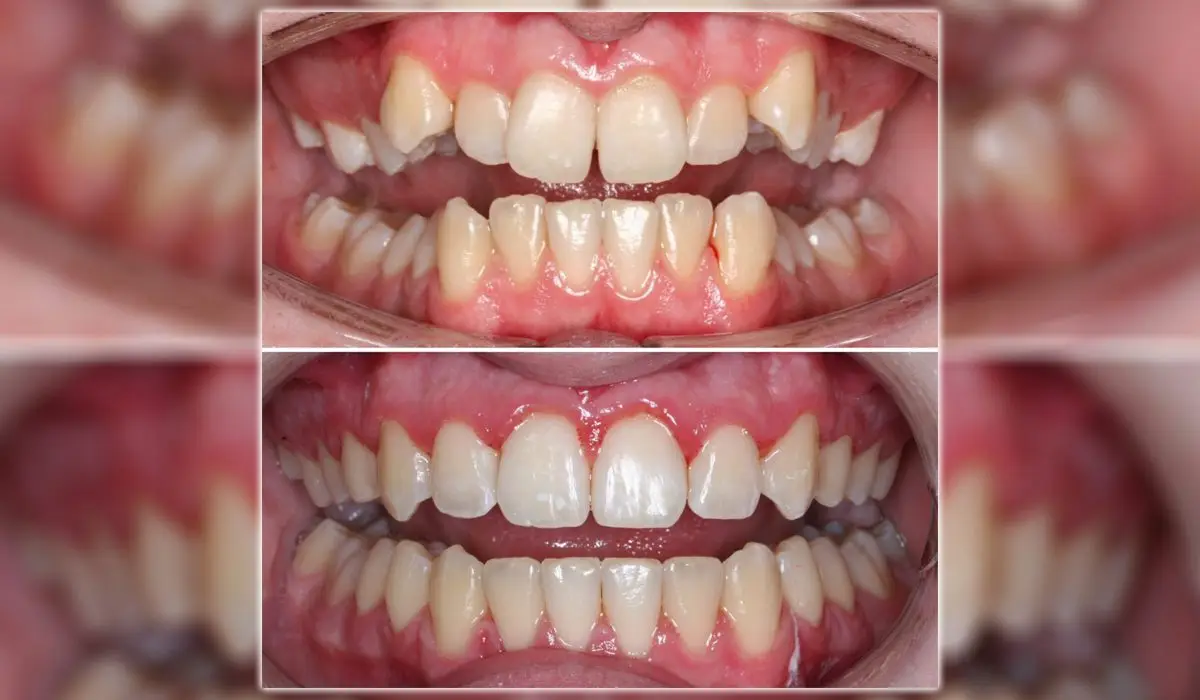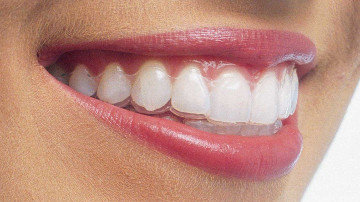Invisalign vs. Typical Dental braces: Which Option Is Right for You?
When thinking about orthodontic therapy, the selection in between Invisalign and standard dental braces presents numerous essential factors that merit cautious assessment. Invisalign provides a very discreet option with removable aligners, while traditional dental braces supply an extra visible yet efficient remedy for serious imbalance. Each choice incorporates distinct advantages and drawbacks connected to appearances, comfort, treatment duration, and expense. Understanding these nuances is important for making an educated choice that straightens with your individual choices and lifestyle. The inquiry stays: which option will ideal satisfy your orthodontic needs and expectations?
Review of Treatment Options

On the other hand, traditional braces are composed of metal braces and cables that are bound to the teeth. This technique applies continuous stress over time to accomplish positioning. While efficient for complicated orthodontic concerns, typical braces call for normal check outs for modifications and can position obstacles in preserving oral hygiene as a result of the trouble of cleaning up about wires and brackets.
Both choices have their qualities, and the choice often depends upon particular dental conditions, lifestyle choices, and patient conformity. Inevitably, seeking advice from an orthodontic expert is important for figuring out one of the most suitable therapy strategy tailored to private needs. Comprehending the nuances of each option can significantly affect the general success of orthodontic treatment.
Visual Considerations
A considerable element affecting the selection in between Invisalign and typical braces is the visual charm each therapy provides. Invisalign aligners are crafted from clear plastic, making them essentially unseen when used.
In contrast, standard braces consist of steel braces and wires, which can be more recognizable. While improvements in orthodontic modern technology have actually resulted in the growth of smaller sized braces and tinted elastics, traditional braces still preserve an even more conspicuous account. For some individuals, the exposure of dental braces may discourage them from seeking essential treatment.
Inevitably, the choice in between Invisalign and standard dental braces may rest on individual preferences concerning looks. People that prioritize discernment typically lean towards Invisalign, while those that are less concerned regarding presence might choose standard dental braces. Recognizing the visual implications of each alternative is important for making a notified choice that straightens with one's way of living and choices.
Comfort and Convenience

In regards to convenience, Invisalign aligners are detachable, enabling people to enjoy their favored foods without restriction and preserve optimum dental hygiene. Cleaning and flossing are simplified, as the aligners can be taken out during these routines, whereas typical dental braces require careful navigating around cables and braces.
In comparison, standard braces demand routine changes, making them less practical for those with hectic routines. Generally, the comfort and convenience of Invisalign make it an attractive option for many people looking for orthodontic treatment.
Treatment Duration and Performance
While both Invisalign and standard braces work in dealing with dental imbalances, the period of treatment can vary considerably between the 2 choices. Commonly, Invisalign therapy can take anywhere from 12 to 18 months, depending upon the intricacy of the instance. The clear aligners function by slowly changing teeth right into their wanted positions, and normal follow-ups with an orthodontist assistance guarantee progression stays on course.
On the other hand, conventional dental braces commonly require a longer dedication, normally ranging from 18 months to 3 years. This is due to their fixed nature and using braces and cords, which can be much more effective for intricate instances and serious misalignments (Invisalign). The therapy effectiveness of conventional braces is well-documented, as they enable specific changes and better control over tooth activity
Ultimately, the selection between Invisalign and typical braces might hinge on both the anticipated treatment duration and the certain dental problems available. Consulting with an orthodontist is crucial, as they can supply customized recommendations based upon specific needs, making sure the picked technique aligns with wanted results and timeframes.
Price Contrast and Insurance Coverage Choices
Price plays a significant role in the decision-making procedure for people taking into consideration orthodontic treatment, whether selecting Invisalign or conventional dental braces. Typically, the cost of Invisalign arrays from $3,000 to $8,000, while typical braces usually set you back between $2,000 and $6,000. Factors influencing these costs consist of the complexity of the useful content case, the duration of therapy, and geographical location.
Insurance policy protection can considerably impact out-of-pocket costs. Numerous dental insurance strategies offer partial protection for orthodontic treatments, however the specifics can vary extensively. It is crucial for patients to assess their insurance coverage to figure out the extent of protection for either alternative. Normally, conventional braces may be much more regularly covered by insurance policy plans contrasted to Invisalign, which some insurance providers classify as an aesthetic procedure.
In addition, a number of orthodontic methods provide flexible repayment plans, making both treatment choices extra easily accessible. Individuals need to inquire about potential funding options and discount rates for upfront settlements. site web Assessing the total cost, consisting of insurance policy benefits and settlement strategies, is important for making a notified decision that straightens with both visual preferences and spending plan considerations.

Final Thought
In recap, the choice between Invisalign and standard braces rests on numerous variables, including aesthetic choices, convenience, therapy duration, and expense. Invisalign uses a very discreet, removable option that helps with dental hygiene and dietary flexibility, while typical braces might be better for complicated oral issues and commonly come at a lower rate factor. Eventually, assessment with an orthodontist is important to evaluate individual circumstances and determine one of the most ideal therapy alternative for attaining optimal oral placement.
When thinking about orthodontic therapy, the choice in between Invisalign and typical braces presents numerous important elements that warrant careful analysis.Contrasting Invisalign and standard dental braces exposes distinctive therapy choices for orthodontic adjustment.While both Invisalign and conventional braces are efficient in remedying dental misalignments, the duration of therapy can differ significantly between the 2 alternatives.Cost plays a significant role in the decision-making procedure for individuals considering orthodontic treatment, whether choosing for Invisalign or traditional dental braces.In recap, the option in between Invisalign and typical dental braces hinges on multiple factors, consisting of aesthetic content preferences, convenience, therapy period, and price.